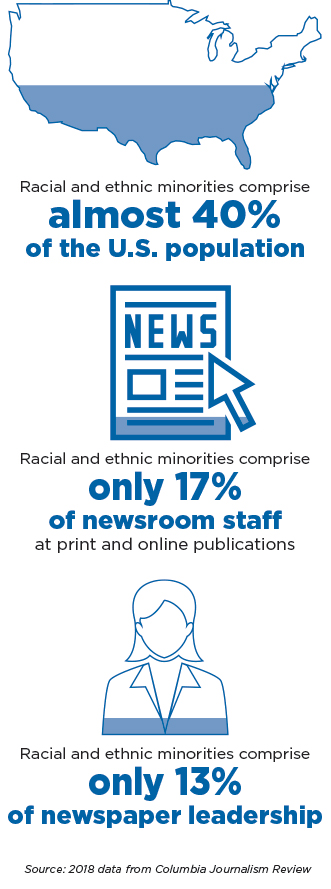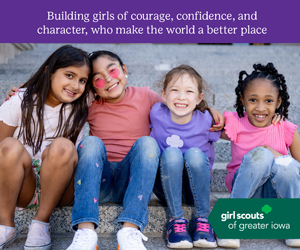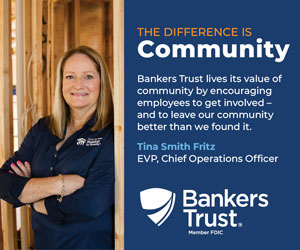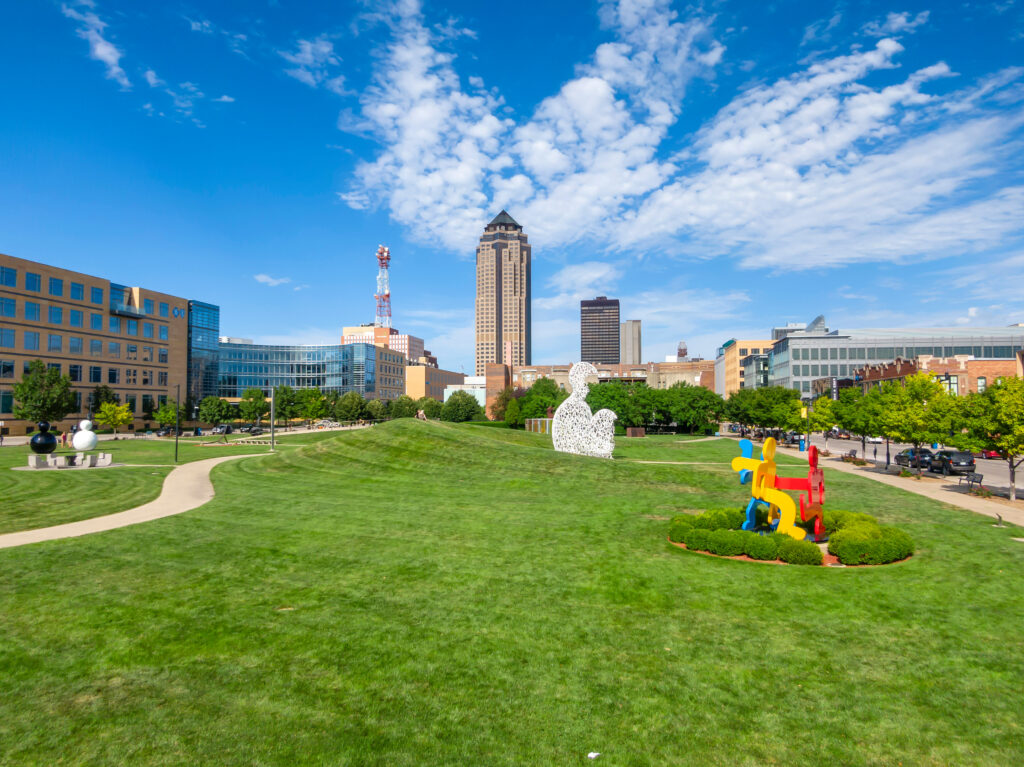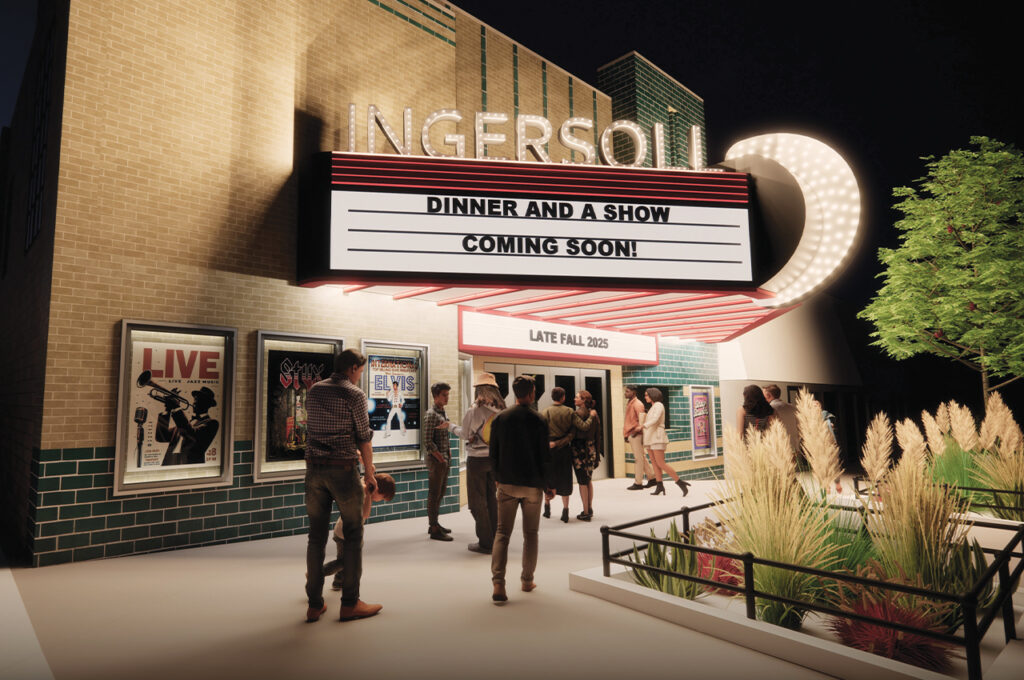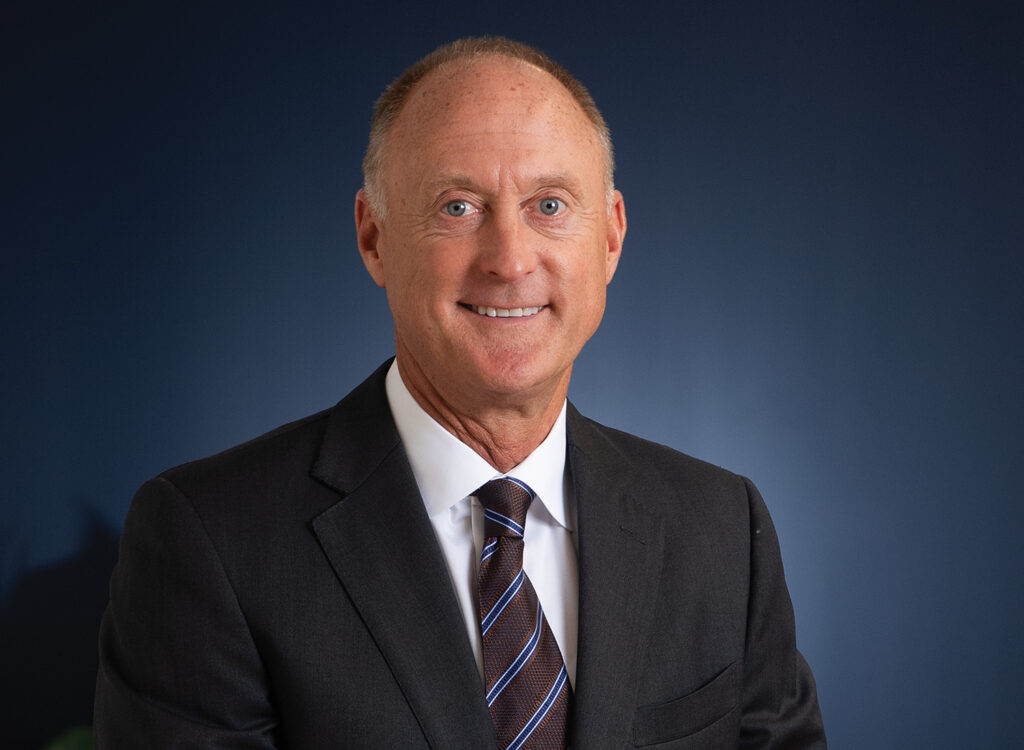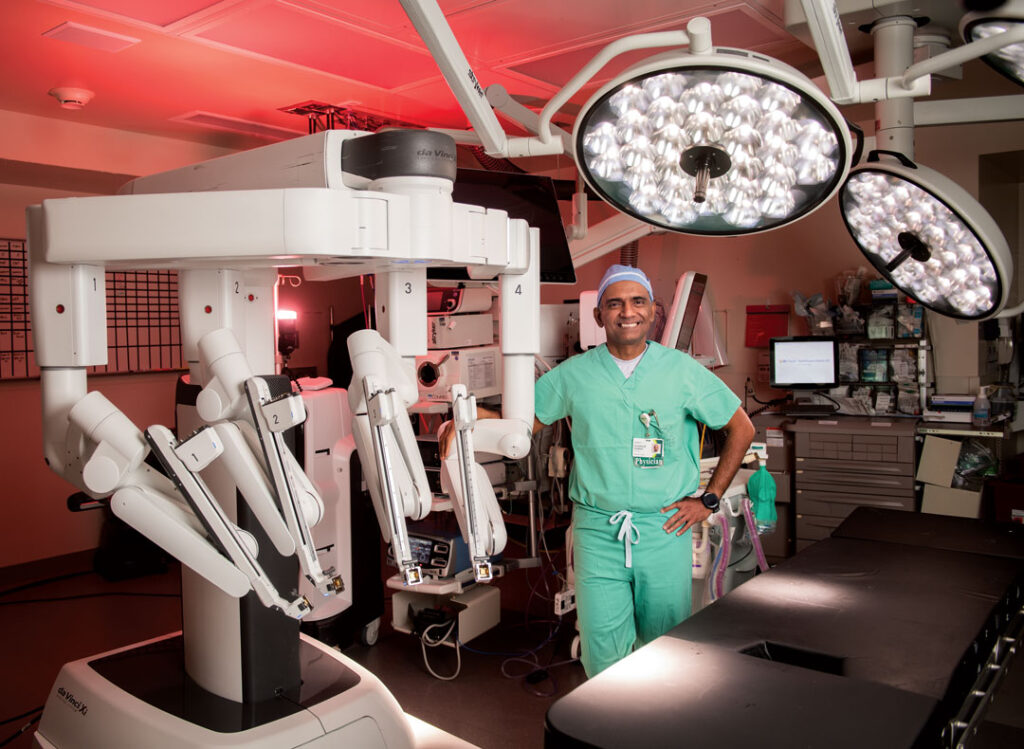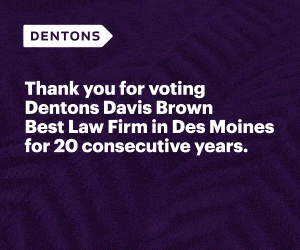A conversation on representation of people of color in media

Deidre DeJear Feb 17, 2021 | 3:55 pm
9 min read time
2,032 wordsArts and Culture, Business Record Insider
Editor’s note: Beyond the Bottom Line host Deidre DeJear spoke with Tar Macias, the founder of Hola America and Hola Iowa, and Dwana Bradley, the editor-in-chief of the Des Moines Urban Experience. Both publications produce journalism and media that primarily cover issues related to people of color in our communities (Latinos and the African American community, respectively).
Macias and Bradley also serve on the Business Record’s racial equity advisory board, which was formed with a goal to hold our news team accountable for raising awareness about barriers to racial equity while also elevating community members of color through representation in our coverage and events. Representation of journalists of color is important for our industry because we all bring our life experiences into our work as storytellers, and diversity of journalists allows us to better reflect our communities. In addition to being selected for the board because of their passion for racial equity, their involvement allows us to work collaboratively on initiatives our audiences can all benefit from.
Here’s their Beyond the Bottom Line conversation.
– Emily Barske, editor
I’m a small business owner, and when I started my business more than 10 years ago, it was at the brink of the recession. Folks were getting laid off from their jobs and had no choice but to become small business owners. When I reflect on the 2008 recession and the condition of small business owners today, I’m reminded that our small businesses are more than a bottom line. They are rich in culture, they’re rich in diversity, and more so than anything, they’re adding value to the communities in which they live. “Beyond the Bottom Line” tells these stories.
Meet Deidre’s Guests:
Dwana Bradley, the editor-in-chief of the Des Moines Urban Experience:
My father was a part of the Communicator newspaper, when it was formerly known as the Bystander. So growing up, I was a part of that process with him, and really didn’t think a whole lot about it, outside of being 8 years old watching a newspaper come together. When he got closer to retirement age he said we should do a magazine and I laughed because at that point in life, I was working for Des Moines Public Schools. I was not thinking about a publication. It was a desire in his heart, and I’m that kid that will say, “OK, let’s do it” knowing I had no knowledge in the journalism realm at all, and so we started with the Urban Experience, and we started in churches because my dad’s a pastor. Our publications really focus on African Americans in a positive light. I say that because that’s the one thing we really stick to are stories that focus on education, health, community, arts and culture. We really wanted to make sure that it told our story. While we are for the entire community to see – it’s to see us in a way in which sometimes mainstream media doesn’t portray us. www.theurbanexp.com
Tar Macias, the founder of Hola America and Hola Iowa:
Hola America and Hola Iowa started 20 years ago, to cater to the Latino market for the Quad Cities, but eventually we started growing and our audience started going beyond the Latino community. We print in English and Spanish. And we think that’s very important because there’s a lot of Latinos who are third-, fourth-generation Latinos who maybe they might not speak Spanish anymore yet they still want to know what’s going on with a Latino community. We are connectors. … We try to connect the Latino communities to Iowa. We try to connect the mainstream to the Latino community. And we also try to connect Latino professionals to opportunities to further their professional development. www.holaiowa.com
Deidre DeJear: When we talk about you all being connectors, specific to connecting Latinos to Latinos and Blacks to Blacks – why is it critical that this happens across the entire state? Why is it important for these communities to connect via your publications?
Dwana Bradley: I think it’s important because we’re going through many different things, but then we are all going through some of the same things, and having the connection to know what’s going on in other communities I think is very important and key. It gives us an opportunity to really come together in moments … and we get a chance to really see what’s going on in our own individual places, but I think it also shows the commonality … and that we all care and love our community. It gives me an opportunity to be able to come to a resource just to see something that’s going on and really provide some valuable education. And so that’s why I really think it’s important of having that connection within your own community first before we start to branch out to the larger community.
Tar Macias: I think for me it is mainly to let people know about the other people living in your communities. I think a lot of times, especially this last year was a perfect example of how the lack of connection that we have in our communities makes us easy prey for people to tell us, “Look, that guy is bad. Look, those people are bad.” And people are not seeing these uplifting stories from our community.
They’re going to believe those things when they see people of color in the movies, on TV – that the only roles [they] are having are those dancers or people who are criminals. Then people start believing that’s who they are. Part of our mission statement is to reflect the Latino community in a positive and dignified way.
A lot of times when people are committed to something that is bad and are very quick to say this person is bad, or politicians from somewhere else, from Washington, come here and tell us that we should fear the people of color, that we should kill the immigrants – some people think that just because [public leaders] do that. They’re afraid of it.
I really hope that what I’m doing is, at least, putting a spotlight on who we really are because we have a lot more things in common in our communities than we have differences. So hopefully I can do a story that somebody will read, and then maybe think, “You know what, maybe the perception I had was wrong. And maybe I should really rethink my position on people that are different than me.”
DeJear: And when you are on the ground sometimes you get calls saying, “Hey, can you connect me with an African American or Latino who’s experienced this problem or that problem or who’s had some success doing this or that?” But you all don’t have to make those phone calls because you’re invested and embedded in the community. You are connected to the stories in a very intimate way. When you tell those stories, it is the most authentic that could come out of a story like that. You all talk about uplifting positive stories, and I have to ask the question: Because you’re uplifting positive stories, is the insinuation, or is there a fact there, that perhaps other media outlets may not be uplifting those stories to the level of intensity that’s necessary to overcome that narrative that you were just talking?
Bradley: I think we are seeing some of that now. I think there are large news entities that are really trying to uplift and highlight that. But you know, I still come from the standpoint of … media is a business and there’s just certain things that sell. Unfortunately, we get more of a rise out of those stories that portray us negatively than we always necessarily do of those that portray us positively. So recognizing it’s just kind of a part of that – I hate to say – media game, but I mean the ratings are [driven by it]. But if people aren’t watching, then they know something’s got to change.
I think that’s the difference that I love about what I do. I’m not necessarily concerned about the ratings, or how that works. I’m definitely concerned about making connections with people on a level that mainstream media just doesn’t do because I’m meeting them right where they’re at. We’re able to take their stories and elevate it on a level that hopefully mainstream media will pick up and want to take that a little bit further. The beauty of what I do is I can take some story and it might start off small, but that story could elevate to something even greater and so that’s what brings me joy in all of this is you do focus on the positives, which is great. But we also take the story to elevate them to another level. But I just think the mainstream media tries to do its best to have those segments of uplifting moments, and they can’t always focus on it all the time, whereas I’m in a space to really take my time to focus on these stories.
Macias: Dwana makes a great point that it is a business – the media is the media. They need to cover the news, but they know it is a business. … [Issues facing communities of color are] a hot topic right now. And then they’re going to forget about it in a few years to come. I really liked that issue that the Business Record did on the Black Lives Matter movement. I really applaud them because they didn’t stop right there – now they are trying to figure it out and see what we can do to keep this going. So they’re actually trying to figure it out, as opposed to some other mainstream media would say, “OK, we did cover it and we’re gonna move on.” We don’t have enough people of color in mainstream media, we don’t have people of color in the position of decision-makers in mainstream media. And I think that’s why we see very little of communities being reflected on the news.
DeJear: So how have you all been able to adapt to the current environment? 2020 forced each and every one of us to figure things out. And when we talk about going beyond the bottom line, your work is not led by the dollar, but you lead your work by the stories and values that mean something to you. But we’ve got to admit that this was a tough year. So how have you all been able to get through it?
Macias: I think what I had to do was restart my business model over and over. Not only once, but twice. Thinking, “OK, I’m gonna be out of business for a couple months, I can handle it.” And then those months seem to be a little longer, then you really need to adapt and do things very different. In a way, we were surviving. 2020 was supposed to be my breakout year for all of Iowa. So now I have to start from scratch. But that’s OK because I have been at this for 20 years.
Bradley: I’m used to working from the bottom and you get so far, and then all of a sudden something comes your way and you start all over again. So we’re in the process of rethinking things as well. It’s not about the dollars because I’ve got a roof over my head, I can still get to point A to point B and so it just doesn’t become a drive by the monetary. I’m really driven by the people and so for me doing this – and I know Tar’s the same way – we do this for the people. They look forward to it. I mean it’s for people to say, “Look, did you see that publication? It looks like me.” I think that’s what we do. So we just push through it, and that’s what we did this year was we pushed through it and we can see the light at the end of the tunnel, so we’re grateful for that.


